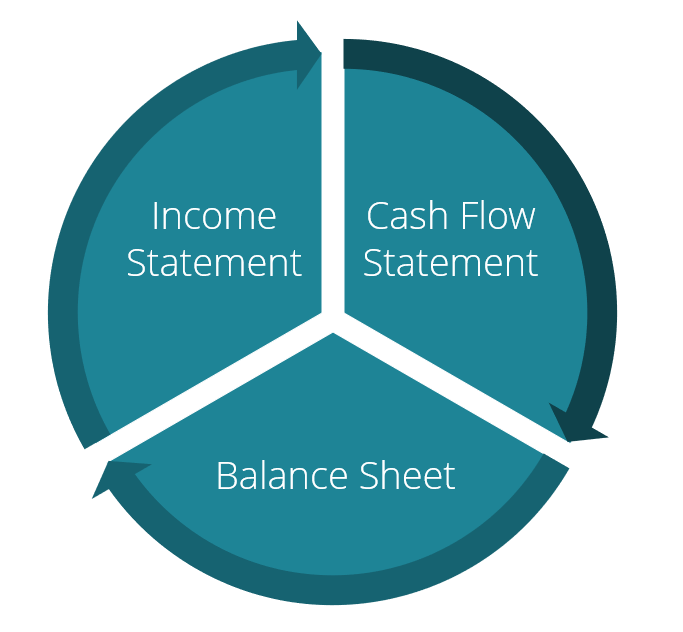The market demands are ever expanding and there is always a need for a newer product or a better variations of existing products that can solve problems in a more efficient and cost effective way. Customers are thus always demanding more, which creates the need, and need drives innovation and more business opportunities. So that was the market perspective. Let’s understand the business philosophy next. You must have realised that in general, as one grows it becomes important to find newer channels to expand one’s horizons and reach a wider scope. Without this, one can safely stay in a state of limbo or eventually deteriorate. This applies right from an individual to a big multi billion dollar organization. In order to grow, it’s essential to build friendships or partnerships that are long term and mutually beneficial. Let’s apply this logic to companies that are trying to grow and acquire new skills, advantages & market share. Partnering with other companies that can complement the deficits of the other is a good way of cohabiting in the market.
Partnerships in recent times can be that line between success and failure and many companies are realizing this reality and are looking to leverage strategic partnerships to avoid spiralling down into nothingness.
If you’re looking to forge a partnership the below are needed to be taken into account:
- Is there a need for a partnership? Or you’re doing a fine job with just transactional agreements and minimal collaborations?
- Can you create a joint-value proposition, like increasing revenue, lowering production costs or generating new ideas & innovation?
- Do both the companies entering a partnership have enough resources and motivation to manage the work throughout the duration of the partnership?
- What does success from the partnership look like to either of the parties?
- How are the risks and rewards to be shared?
What is the process for the partnership?
1. Defining the need for the partnership:
When you are planning to achieve more than what you or your partner can achieve individually, then is your need for a partnership valid. If not, you need to rethink.
Complete your due diligence during this stage, like get an understanding of the type of partners you want to pursue, your company financials, risks of entering a partnership etc.
2. Identify the company you want to partner with:
Research on the companies you wish to partner with, their financials and capabilities and understand the reputational risks that may arise with your partnership with them. Understand a long term perspective if the partnership will add to your brand or has the potential to tarnish your reputation. You might also want to factor in the company culture, as too diverse of cultures will not work well together.
3. Set a common vision & individual goals:
Plan for common partnership goals- short term or long term ones and the goals that each partner has to accomplish to achieve the desired outcome and to stay engaged in the partnership. Also, work on drafting a memorandum of common understanding with a clear definition of renewal, redesign & exit scenarios.
4. Defining a strategy:
Once you understand the needs of each party and what the capabilities involved are, you need to create a strategy for the different kinds of activities involved, based on whether they would be continuous or on demand.
It is also essential to define the management structure or the main drivers & decision makers for the collaboration. Without having someone accountable & with set KPIs, it will be highly impossible to run a partnership program. This is one of the biggest reasons why a partnership can fail.
5. Running execution and delivery:
Effective delivery of the end result to the customers requires effective communication between the partners. Setting up internal and external communication systems for the team members to share information plays a vital role here. Proper consideration of both the company cultures and setting up a non-conflicting outcome focussed delivery system is important. In the execution phase you may also keep a tab on ensuring that the customer is not being handed a faulty product or service, nor is being handed additional services without having to pay for it.
6. Earn your share:
Defining a commercial structure around the earnings is important to avoid discrepancies. Shares can be claimed by royalties, distribution of profits from joint ventures, milestone payments or profits from sales. Earnings can also come in intangible or non-quantifiable forms.
Benefits of partnerships:
Partnerships are the some of the fool-proof plans of growth. It can increase a company’s credibility and cement its place in the market. It is difficult to displace a company with a lot of partners & allies than a company that is riding solo. Partnerships & alliances allows companies to develop and capitalise on complementary capabilities and knowledge, not to mention the benefits of utilizing the partner’s network of relationships & achieving increased reach and scale.
With shared profits, even the capital investment for designing new products or targeting new markets would be cut drastically.
Example: Let’s take an example of a recent partnership between tech giant microsoft and chinese device manufacturer Xiaomi. A strategic memorandum of common understanding was drawn between the two giants with a common vision to enhancing their capabilities and increasing market share. As per their agreement, Xiaomi will “explore” using Microsoft’s unique strengths and experience in AI & also it’s product Azure as a cloud platform for growth into international markets. While the partnership will give Microsoft more access to the huge Chinese market.
Risks involved in partnerships
Although partnerships are known to accelerate credibility, sales, and capabilities quickly, there are certain risks associated with them. Forging partnerships require tremendous amount of resources, and come with the risks of giving away your secrets & damaging your relationship with your customers. If the partnership is successful with the on-boarding of many clients, it then runs a risk where one of the partners claims the entire credit while sidelining the other or even taking advantage of a partner’s skills and markets, learning from them and then terminating the contract. You need to be careful about this aspect.
Example: An example of failed partnership was the one between Nokia and microsoft. Microsoft did not have hardware capability and when it wanted to enter the smartphone market, most hardware manufacturers were already with Android. With Apple and android already dominating the market and the finnish company- Nokia, realising that it was left behind, took up microsoft’s offer to manufacture windows based smartphones. You know how this story ends, they were unable to sell enough handsets to make a good deal out of the partnership and eventually microsoft had to buy nokia’s mobile business to stay in the market.
But having said that, maybe in another universe the risk of the partnership decision would have worked and Nokia would have displaced Apple to be the No 1 smartphone company. Had Nokia and MS not taken the risk they would have never known.
In the words of Richard Branson, “It is only by being bold that you get anywhere. If you are a risk-taker, then the art is to protect the downside.”
The downsides or reasons for failure to be taken care of:
- Unrealistic expectations
- Poor planning & strategy, unskilled execution
- Lack of clear vision
- Lack of KPIs and driving team
- Culture clashes
- Lack of trust
- Sour breaking of the partnership
- Poaching of people, ideas & monetary gains
The secret is to protect the downside and you’re on your way to glory.










